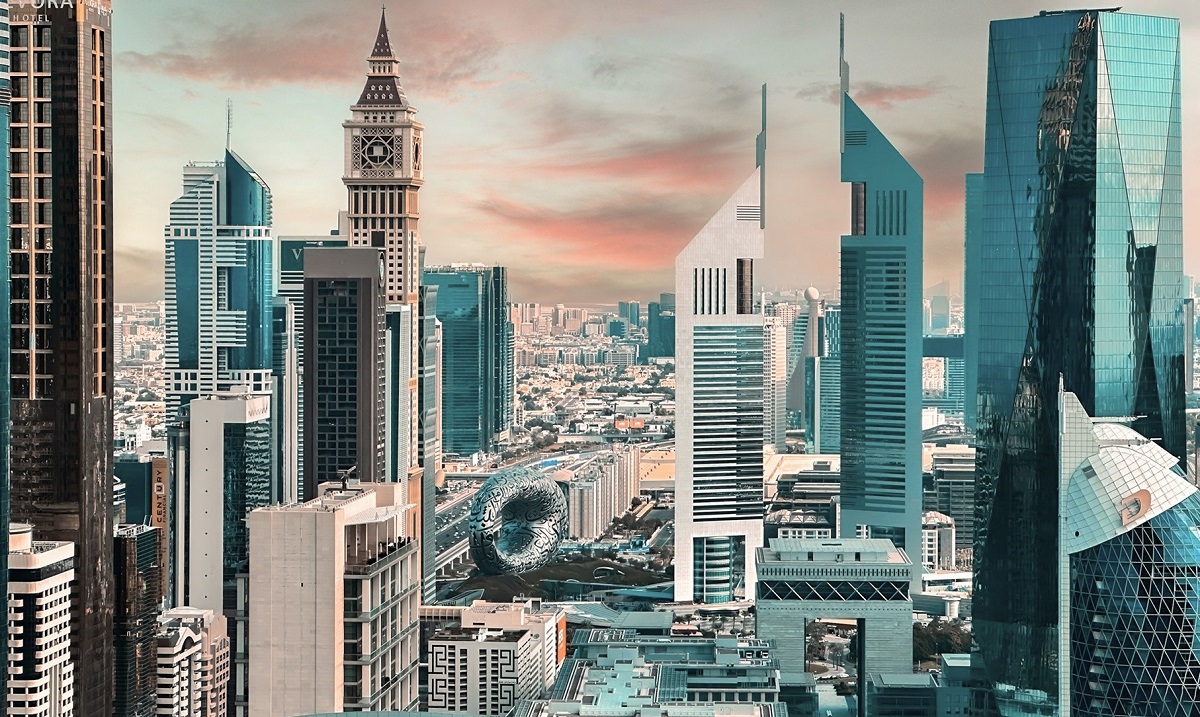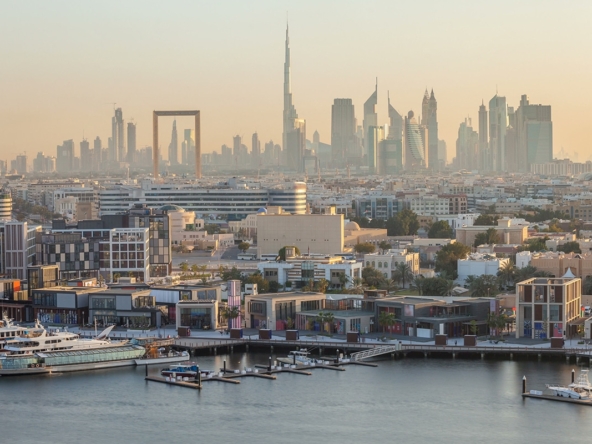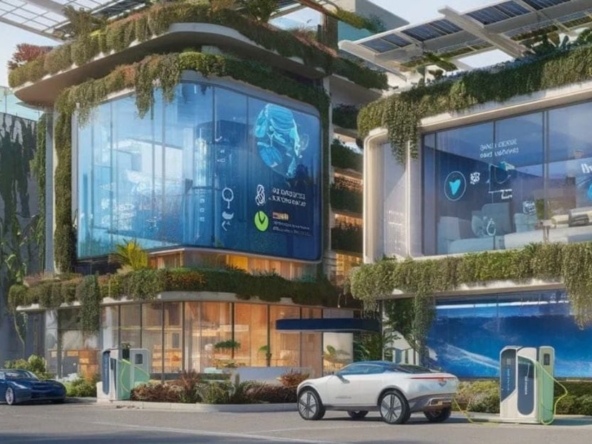The real estate sector in the UAE has shown impressive resilience and growth in major markets, according to Asteco’s Q3 2024 report. Ongoing growth in Abu Dhabi, positive momentum in Dubai, and rising activity in the Northern Emirates indicate a dynamic property market fuelled by strategic development, strong demand, and government initiatives supporting both residential and commercial real estate.
Dubai Market
In Q3 2024, Dubai saw a substantial 50% rise in apartment completions, with 8,100 units delivered. The trend is set to continue, with an anticipated 14,900 units—11,800 apartments and 3,100 villas—expected to be handed over in Q4. In the commercial sector, office completions were limited, yet launches of Grade A projects indicate a robust pipeline.
Rental rates for apartments and villas climbed by 3% and 2%, respectively, partially due to an updated RERA rental index that has allowed certain landlords to implement higher rent increases. Sales prices followed suit, with apartments and villas seeing 3% and 4% quarterly price gains. Off-plan activity remains strong, driven by competitive payment plans from developers.
The office market experienced impressive growth, with quarterly and annual increases of 5% and 21%, respectively, due to limited supply and sustained demand for high-quality office spaces. New developments with aggressive payment plans—some reaching 80/20 structures—cater to high-net-worth buyers, but affordability remains a challenge for middle-income buyers seeking larger living spaces.
Abu Dhabi Market
Asteco’s report reveals Abu Dhabi as a market primed for sustained growth, with new developers entering and a significant pipeline of residential and mixed-use developments underway. Q3 2024 saw approximately 950 residential units completed in prime areas like Yas Island, Jubail Island, and Al Raha Beach, while recent announcements signal an additional 2,560 units in the pipeline. A strategic partnership between Aldar Properties and Mubadala Investment Company to develop joint ventures has further bolstered the confidence in Abu Dhabi.
The rental market in Abu Dhabi remains competitive, with landlords holding an advantage as demand continues to push prices upward. Apartment rental rates increased by an average of 1% quarterly and 4% annually, with premium properties experiencing up to 5% quarterly growth. Meanwhile, villa rental rates rose by 2% quarterly and 4% year-on-year, with high-demand areas like Saadiyat Island and Khalifa City leading the way. The office sector also saw significant growth with rents rising 3% quarterly and 8% annually.
Residential sales are thriving, with over 1,850 transactions in Q3, favouring ready properties over off-plan purchases. Apartment sales prices rose by 4% quarterly and 8% annually, with certain prime areas exceeding 10% appreciation over the last year. Villa sales prices followed a similar trend, posting a 2% quarterly and 4% annual increase. Saadiyat Island villas led the surge, with over 25% year-on-year growth as demand for luxury off-plan properties in Abu Dhabi remains robust.
Northern Emirates and Al Ain Market
The Northern Emirates real estate market saw increased activity as tenants from Dubai seek affordability and lifestyle benefits. Rental rates have risen slightly but remain significantly below Dubai levels, with larger unit sizes offering added value. The sales market in the Northern Emirates also returned solid performance, with steady demand and positive price growth across property types.
Al market continues to trend upwards, as demand in the residential sector drives rental rate increases. Apartment and villa communities recorded average rent hikes of 2% quarterly and 1% year-on-year, while office rental rates rose by 4% across the city, reflecting sustained demand in this evolving market.
Sources...



